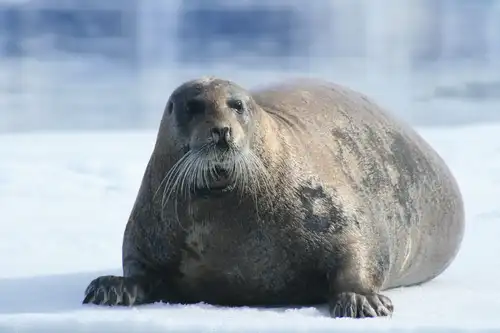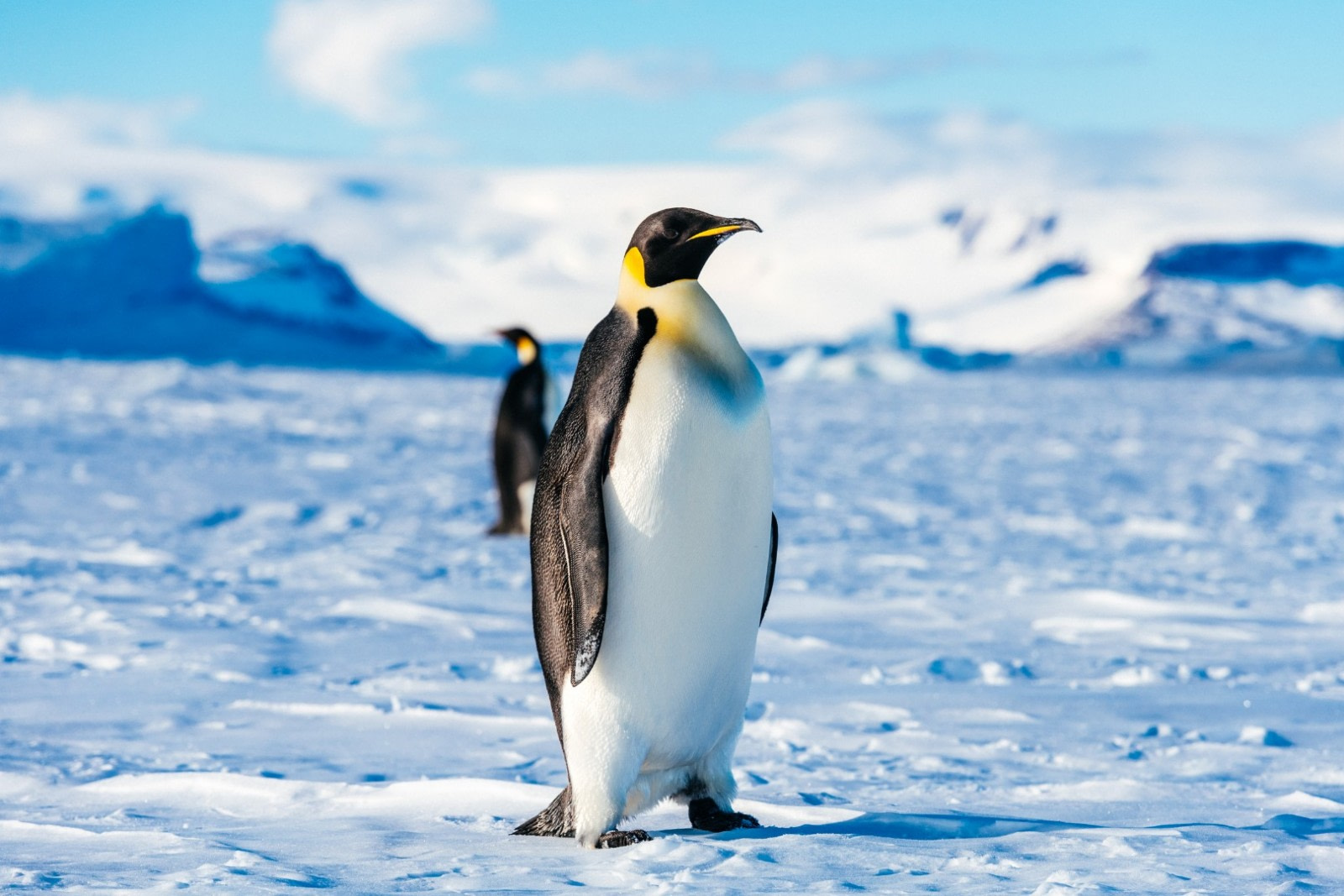If anyone tells you Antarctica is for the birds, they’re right.
But only if they mean it literally, because birdwatchers and polar enthusiasts are well aware that Antarctica is one of the best birding hotspots on the planet.
Not only is Antarctica the only place you can see the eight polar penguin species, it’s also where some of the most beloved flying (and in some cases, very far-flying) seabirds can be found, which we’ve discussed in great detail in our Birds of the South entry.
But what Antarctic locations give you best odds of spotting these winged beauties? Well, straighten your tripods and spit-shine your lenses, because we’re about to tell you.
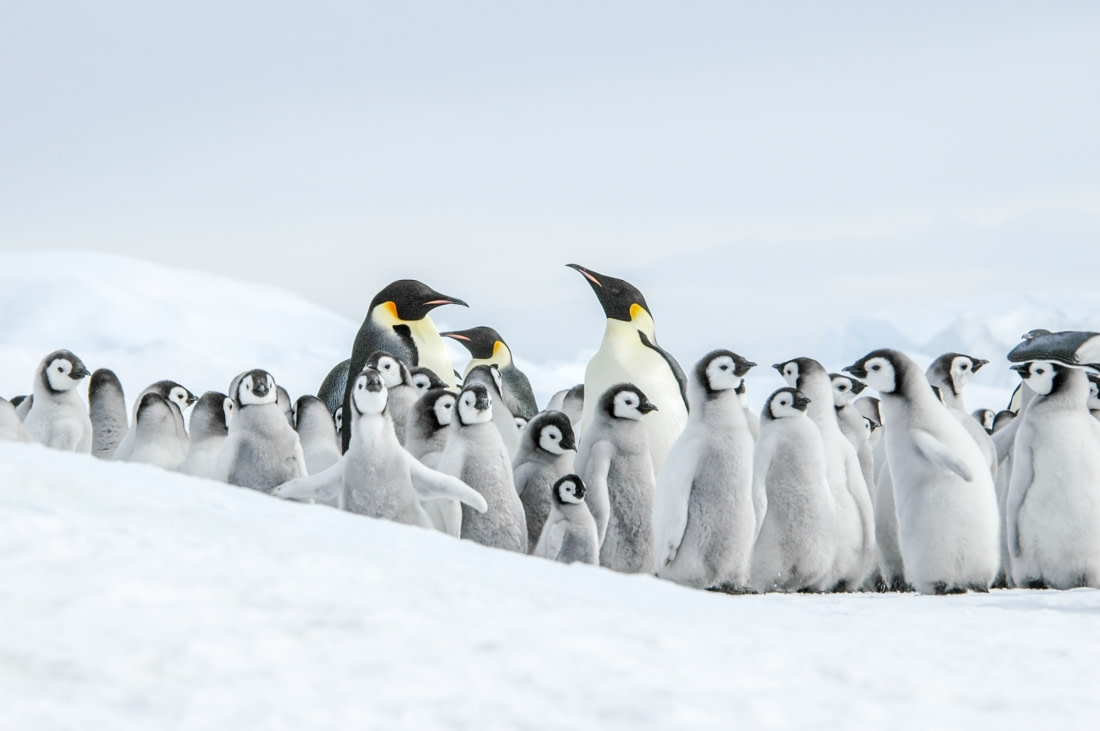
The Drake Passage
Some of your best bird-spotting opportunities will take place before you even get to Antarctica.
After embarking from Ushuaia and entering the Drake Passage, you’ll pass what is known as the Antarctic Convergence, a natural boundary formed by north-flowing cold waters colliding with warmer sub-Antarctic waters.
This puts you in the circum-Antarctic upwelling zone, where the marine life and bird life undergoes a shift.
In this nutrient-rich area, you may see wandering albatrosses, grey-headed albatrosses, black-browed albatrosses, light-mantled sooty albatrosses, cape pigeons, southern fulmars, Wilson’s storm petrels, blue petrels, and Antarctic petrels, to name a few.

Danco Island
This starkly beautiful Antarctic island offers you the chance to see nesting gentoo penguins, to say nothing of the Weddell and crabeater seals to be found nearby.
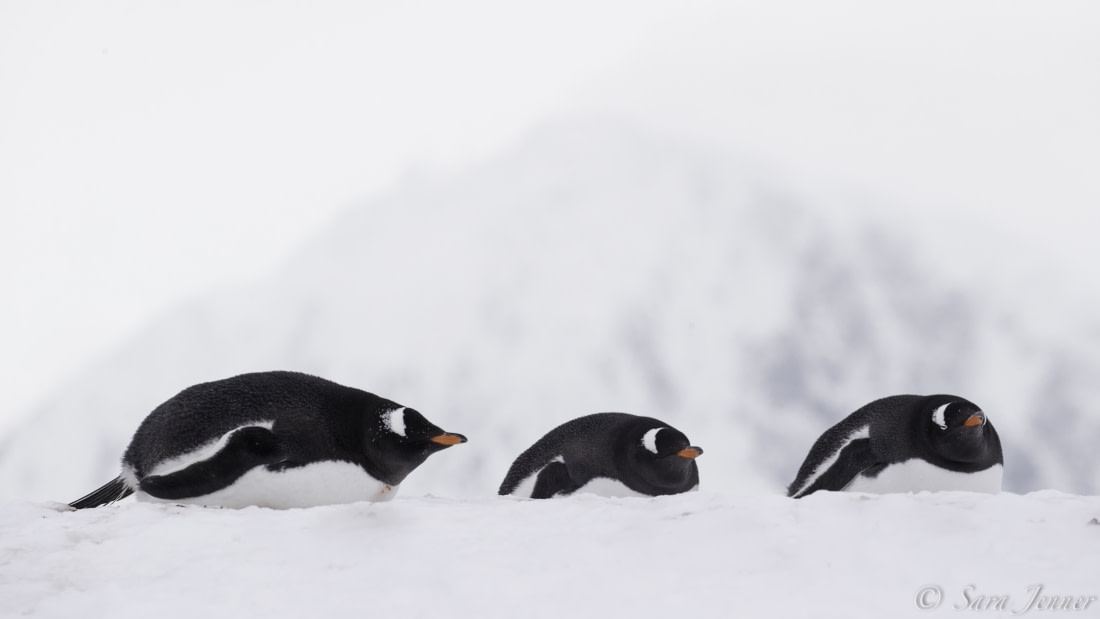
Port Lockroy & Jougla Point
After sailing through Neumayer Channel, you may get a chance to visit this former British research station, now a museum and post office, as well as Jougla Point. Here you have good odds of seeing gentoo penguins and blue-eyed shags.
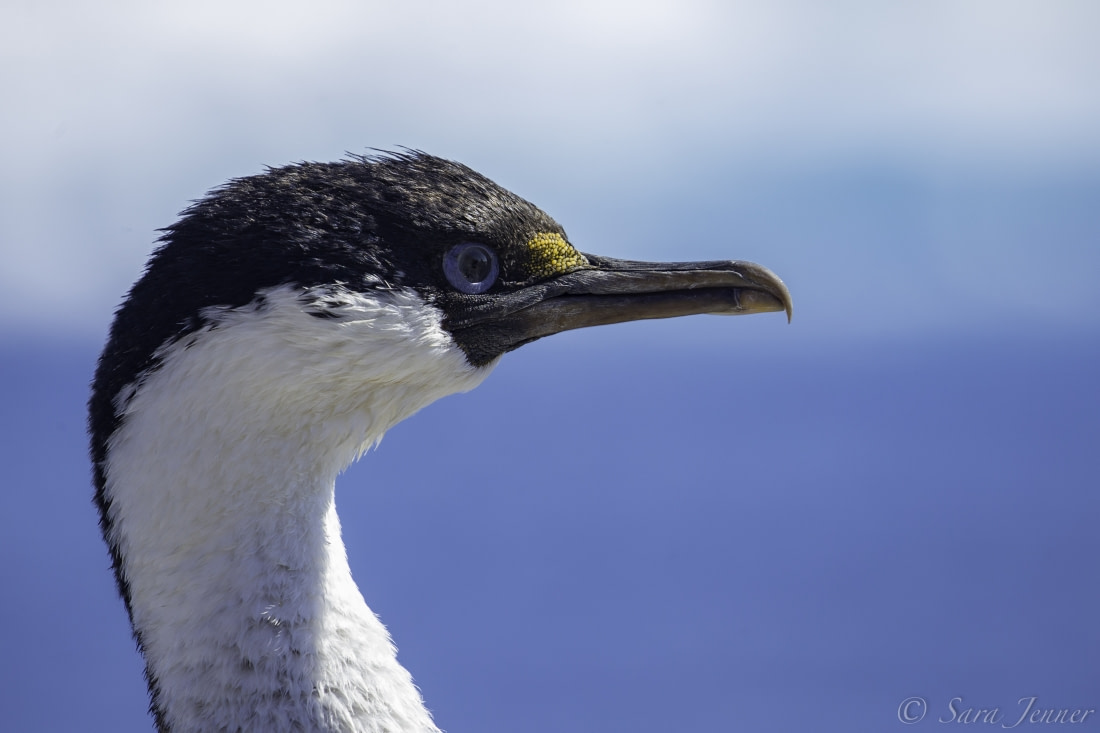
Half Moon Island
You may see chinstrap penguins (and Weddell seals) near Cámara Base, an Argentine scientific research station located on Half Moon Island.
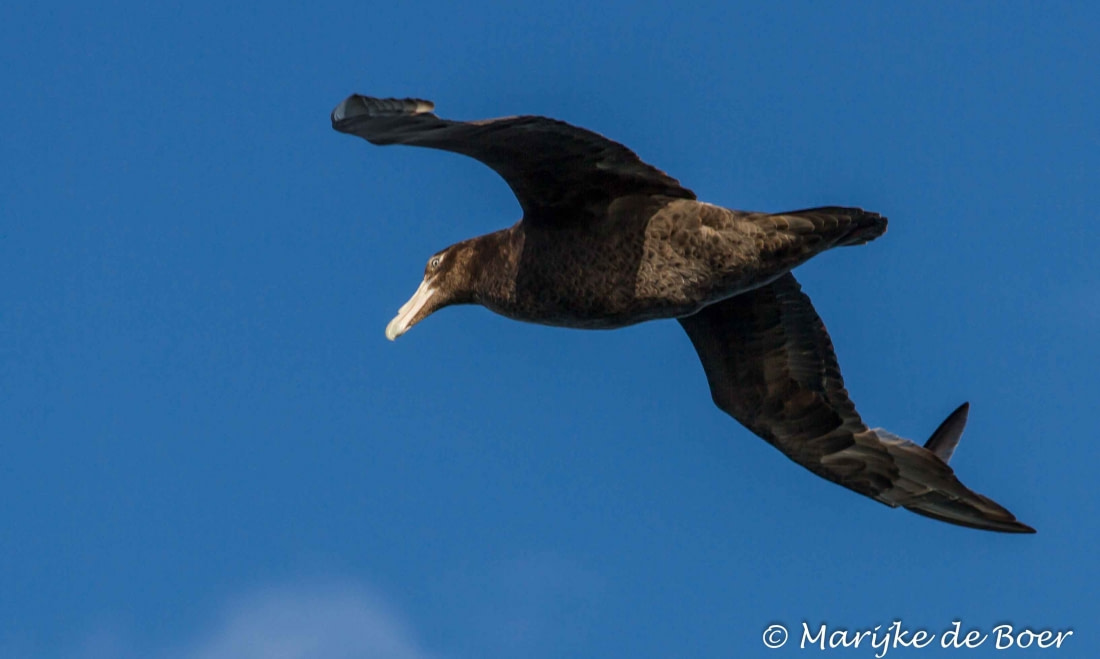
Cuverville Island
This small, precipitous island between the mountains of the Antarctic Peninsula and Rongé Island houses a large colony of gentoo penguins as well as breeding brown skuas.
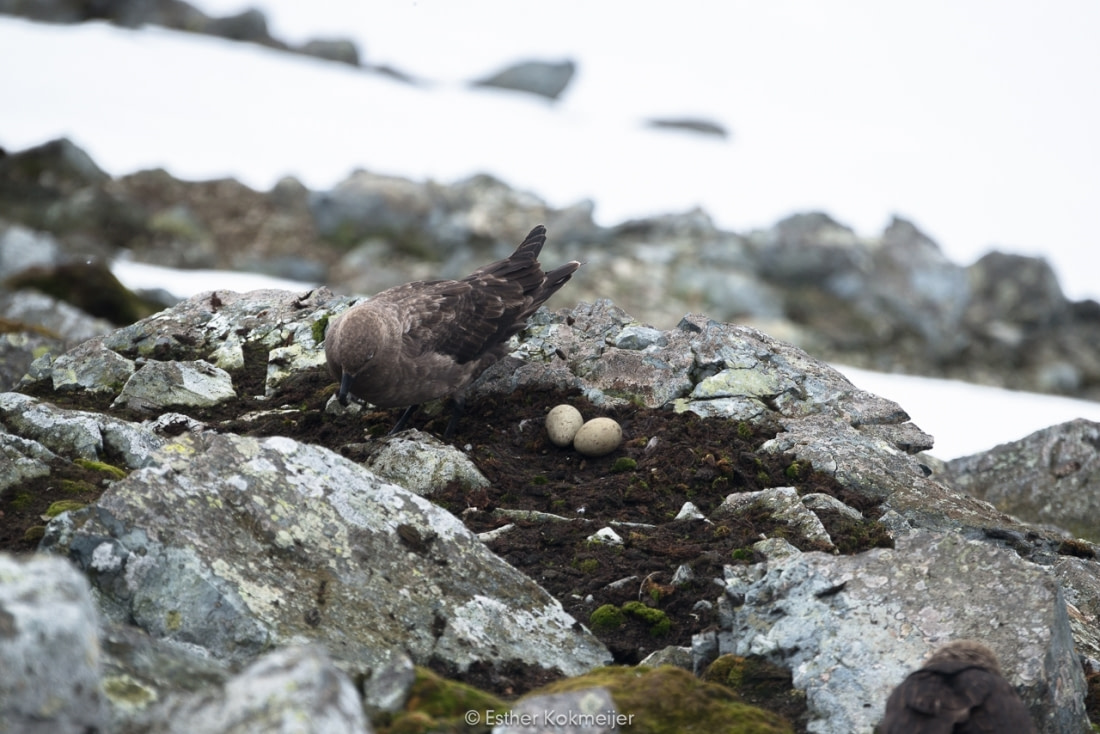
Petermann & Pléneau Islands
These Antarctic islands, located in the Penola Strait just south of the Lemaire Channel, provide a great variety of birdlife, such as gentoo penguins. As for non-bird wildlife, leopard seals, crabeater seals, minke whales, and humpbacks may also be seen here.
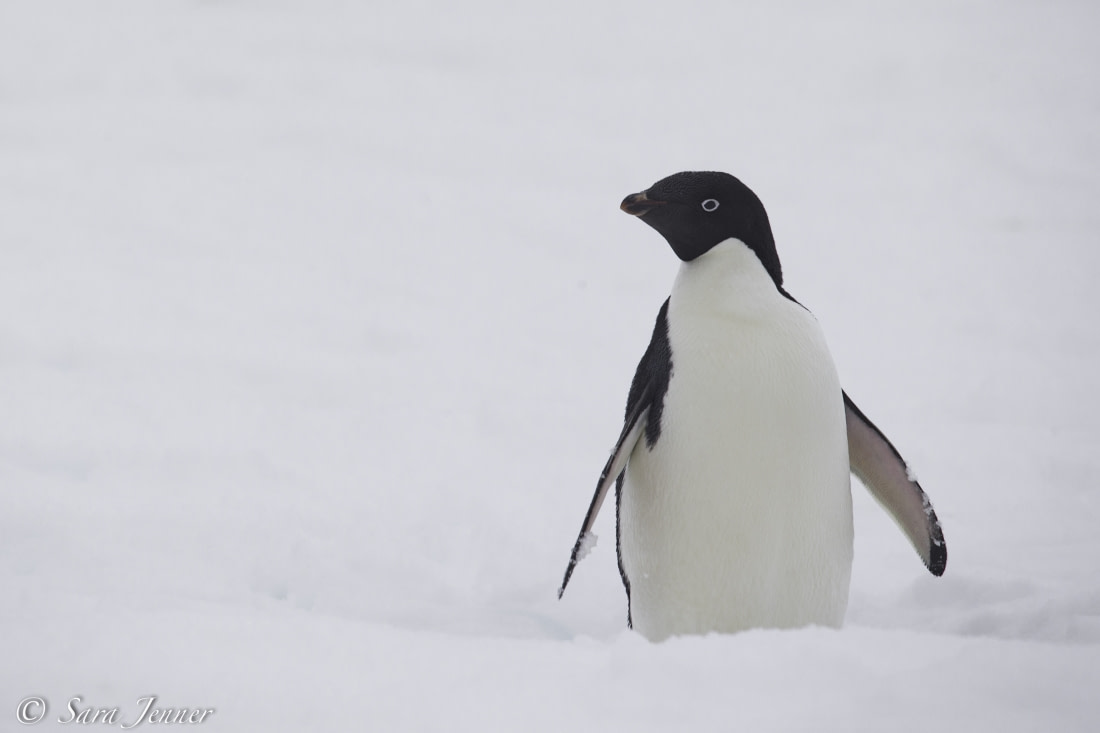
Deception Island
Actually a subducted crater, this island in the South Shetlands opens into the sea and creates a natural harbor for the ship. Multiple bird species can be spotted here, such as cape petrels, kelp gulls, brown and south polar skuas, and Antarctic terns.
Wilson’s storm petrels and black-bellied storm petrels also nest in the ruins of the whaling station in Whalers Bay.
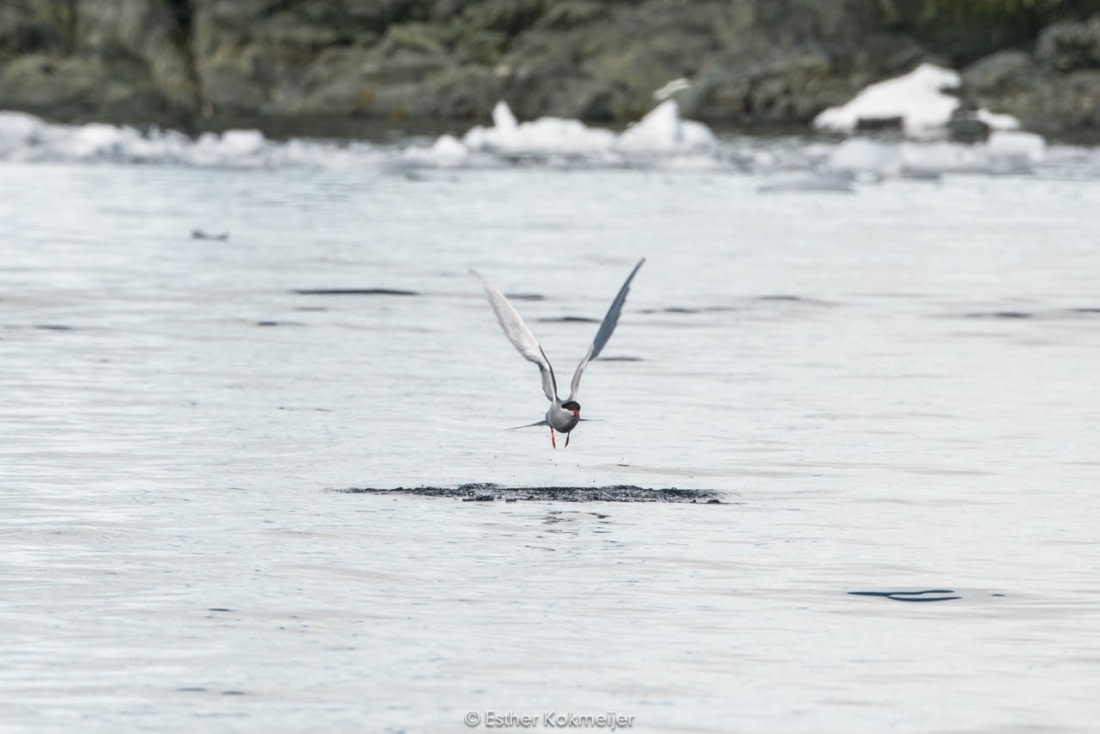
Fish Islands
You can encounter one of the Antarctic Peninsula’s southernmost Adélie penguin and blue-eyed shag colonies in the Fish Islands.
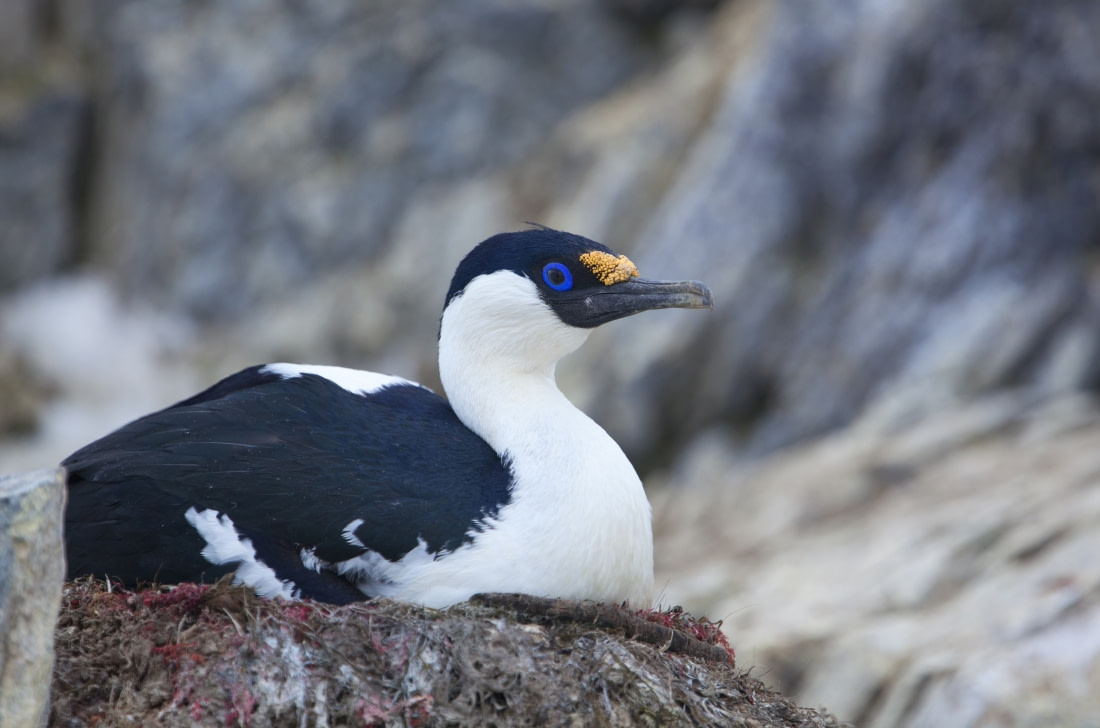
Antarctic Sound
There are sometimes emperors and Adélie penguins on the ice floes here, as well as kelp gulls, skuas, and various breeds of petrel. The area is also very scenic in terms of landscape, with jagged mountain peaks and enormous walls of ice lying shattered on their slopes.
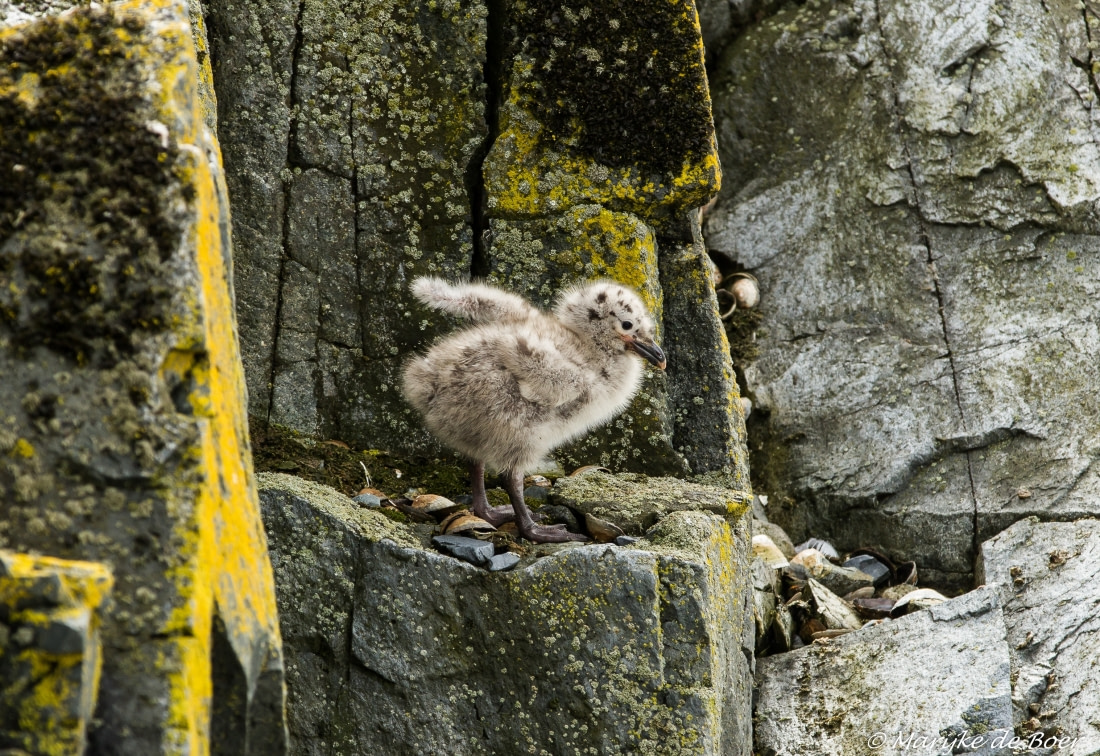
Brown Bluff
Located in the Antarctic Sound, Brown Bluff is perhaps the most scenic location in the entire northern tip of the Antarctic Continent: sheer canyon walls, fallen boulders, beautiful volcanic creations capped with ice.
Added to which, a large Adélie penguin rookery lives here, with gentoo penguins and nesting snow petrels also to be found.
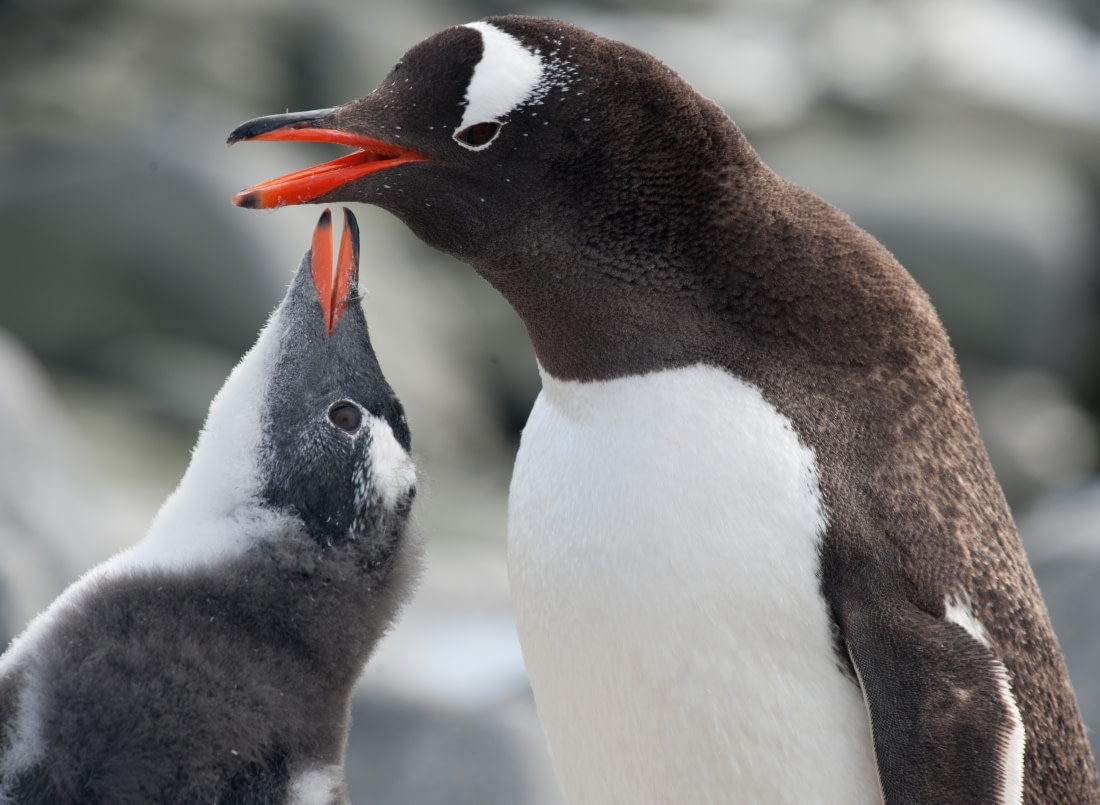
Gourdin Island
Chinstraps, gentoos, and Adélie penguins are a few of the seabirds that love this island, which is found just around the corner from the northwestern entrance to Antarctic Sound.
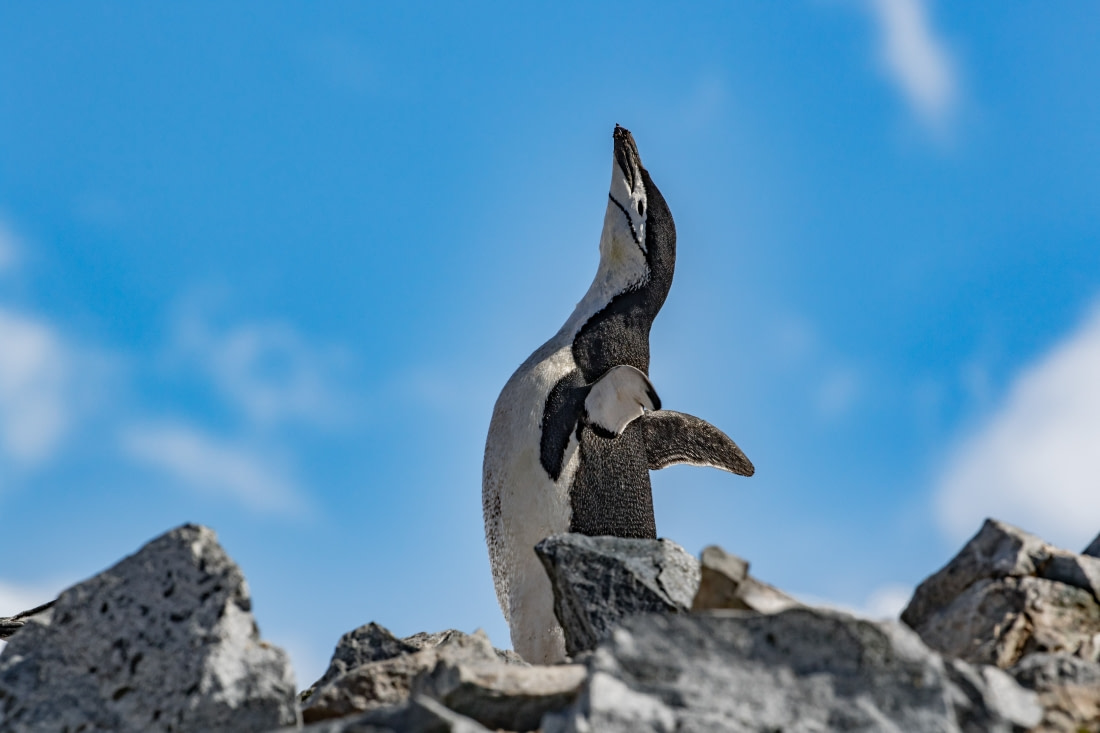
Devil Island
Home to a large colony of Adélie penguins, Devil Island offers a magnificent vantage point for hikers willing to foot it to the top of the hill. Melting ice sometimes forms a waterfall dropping from the cliffs close to Cape Well-met.
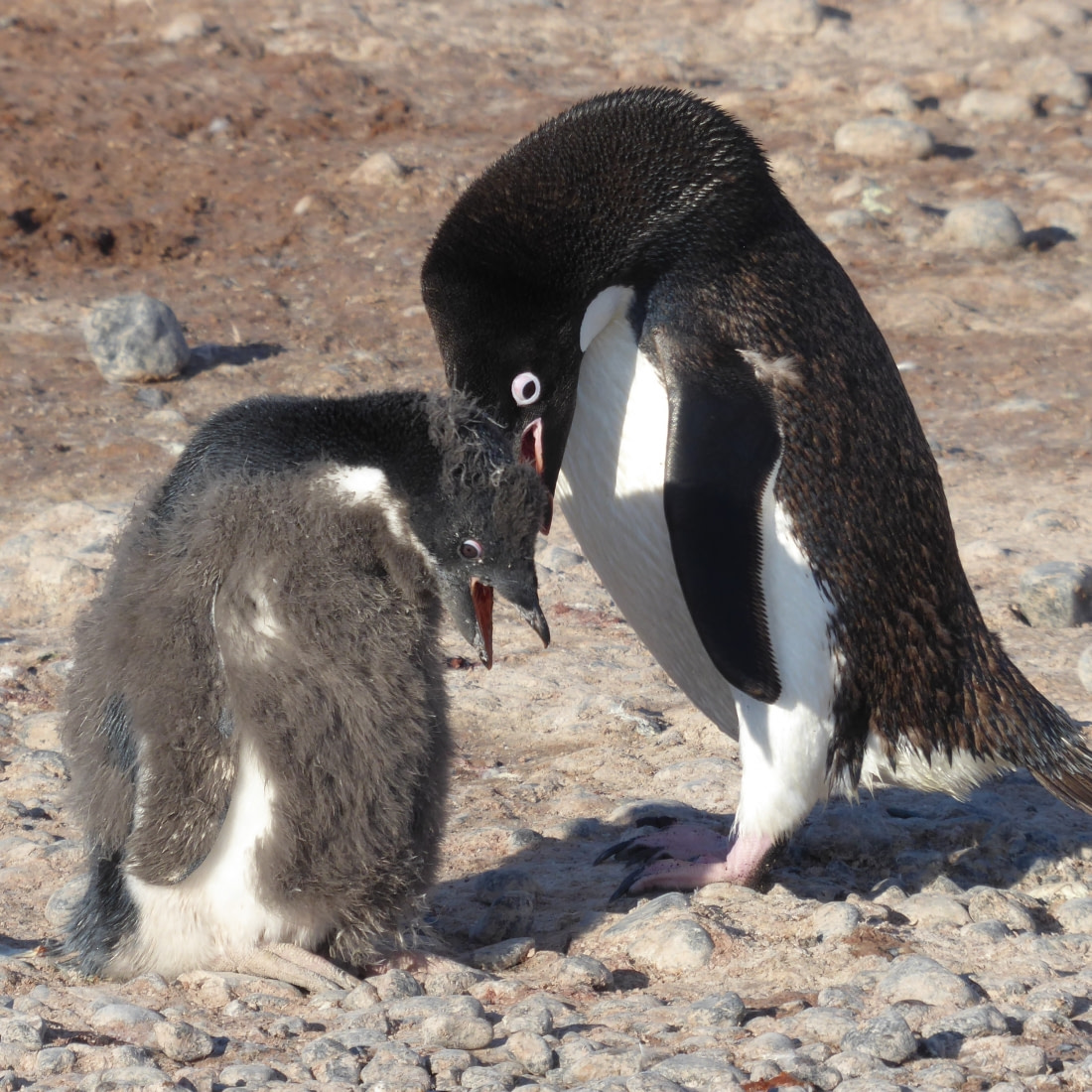
Snow Hill Island (rare)
Helicopters allow us to reach the famed emperor penguin colony found here, but nature makes the rules in Antarctica: If conditions aren’t favorable, we can’t take the risk of flying.
If they are, however, you’ll spend about two days at this coveted penguin rookery.
The helicopter operation takes a full day, and the flight duration is approximately 15 minutes. Each helicopter can accommodate 4 – 6 passengers per flight, and the landing site is carefully chosen so that the penguins are not disturbed.
Upon arrival, it’s about a 45-minute walk to the rookery and what is perhaps the most endearing congregation of emperor penguins (and chicks) in all Antarctica.
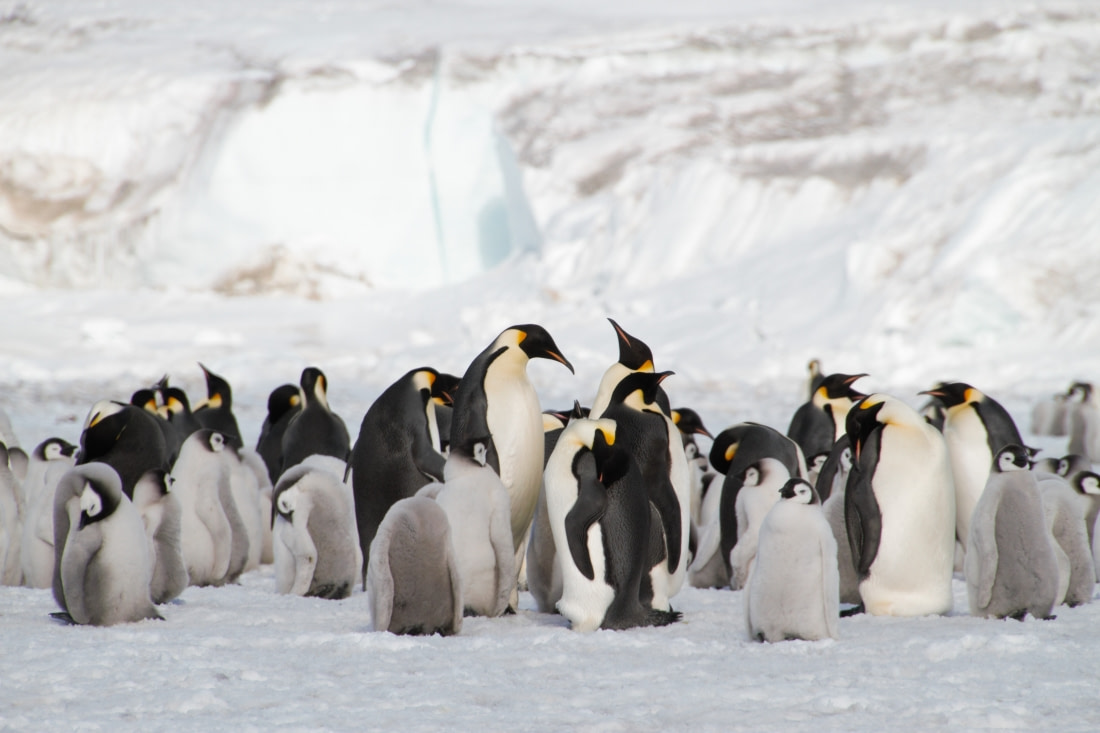
Blog



The Mysteries of the Beluga Whale

10 Books and Films To Prepare for your Antarctica cruise
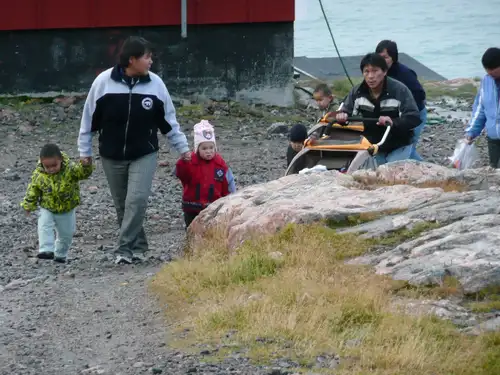
Greenlandic Inuit Beliefs
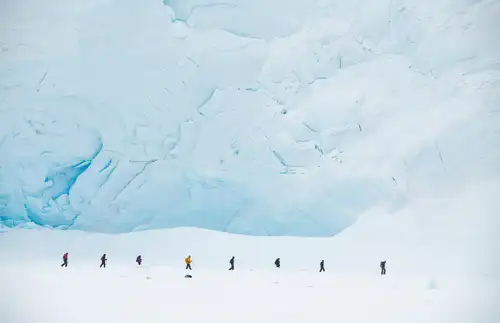
Antarctica in Pictures: Photos from 2018
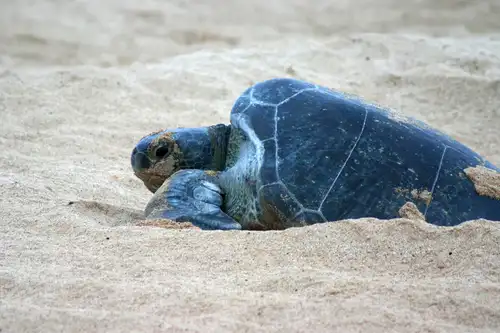
Going Green: Ascension Island Sea Turtles

The Small Mammals of the Arctic and Antarctica
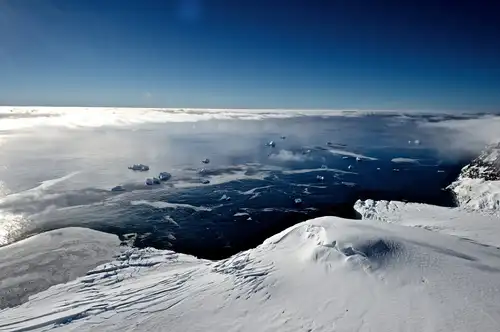
10 Weather-Fueled Facts about Antarctica
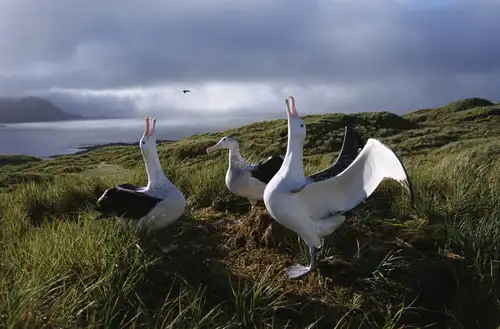
Albatross, penguin and krill research in Antarctica
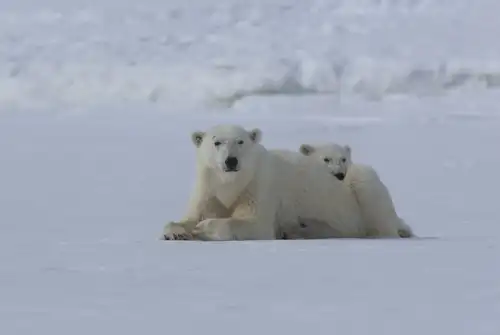
Polar Bears and Pack Ice: 22 Pics from North Spitsbergen

The Wildlife of Antarctica’s Seas and Skies
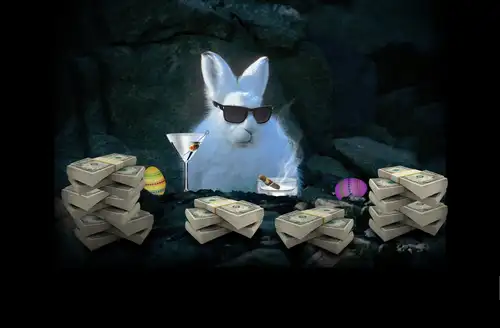
The Arctic Hare: Easter Bunny
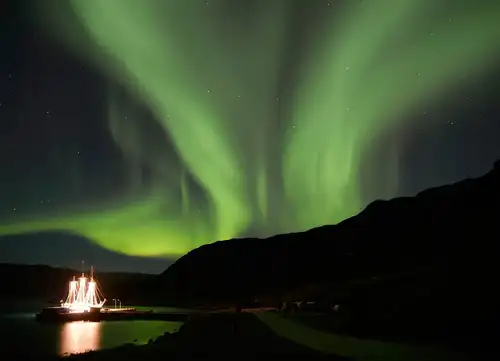
North Norway, Northern Lights, and All the Pretty Whales
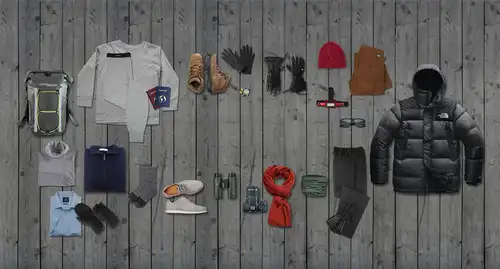
What to Pack for Your Expedition Cruise to the Arctic or Antarctica
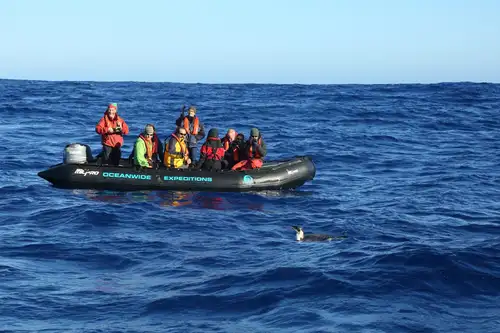
The Emperor Penguin of the Drake Passage

Penguins, Petrels, and Prions: Top Antarctica Bird Tour Spots

The Arctic’s Most Phenomenal Fjords
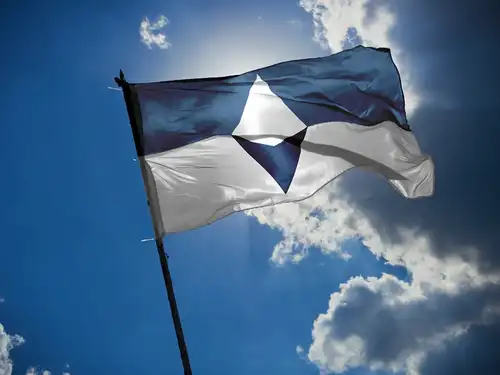
True South: A New Flag for a Global Antarctica
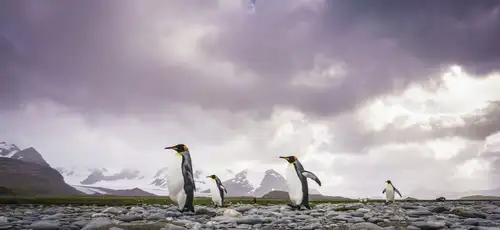
Penguins, Albatrosses, Petrels: The Winged Wildlife of South Georgia

Not Eskimos: 10 Enlightening Facts About the Inuit
